Affiliate links on Android Authority may earn us a commission. Learn more.
Why you should care about lossless Bluetooth audio (and why you shouldn't)
Published onApril 26, 2023
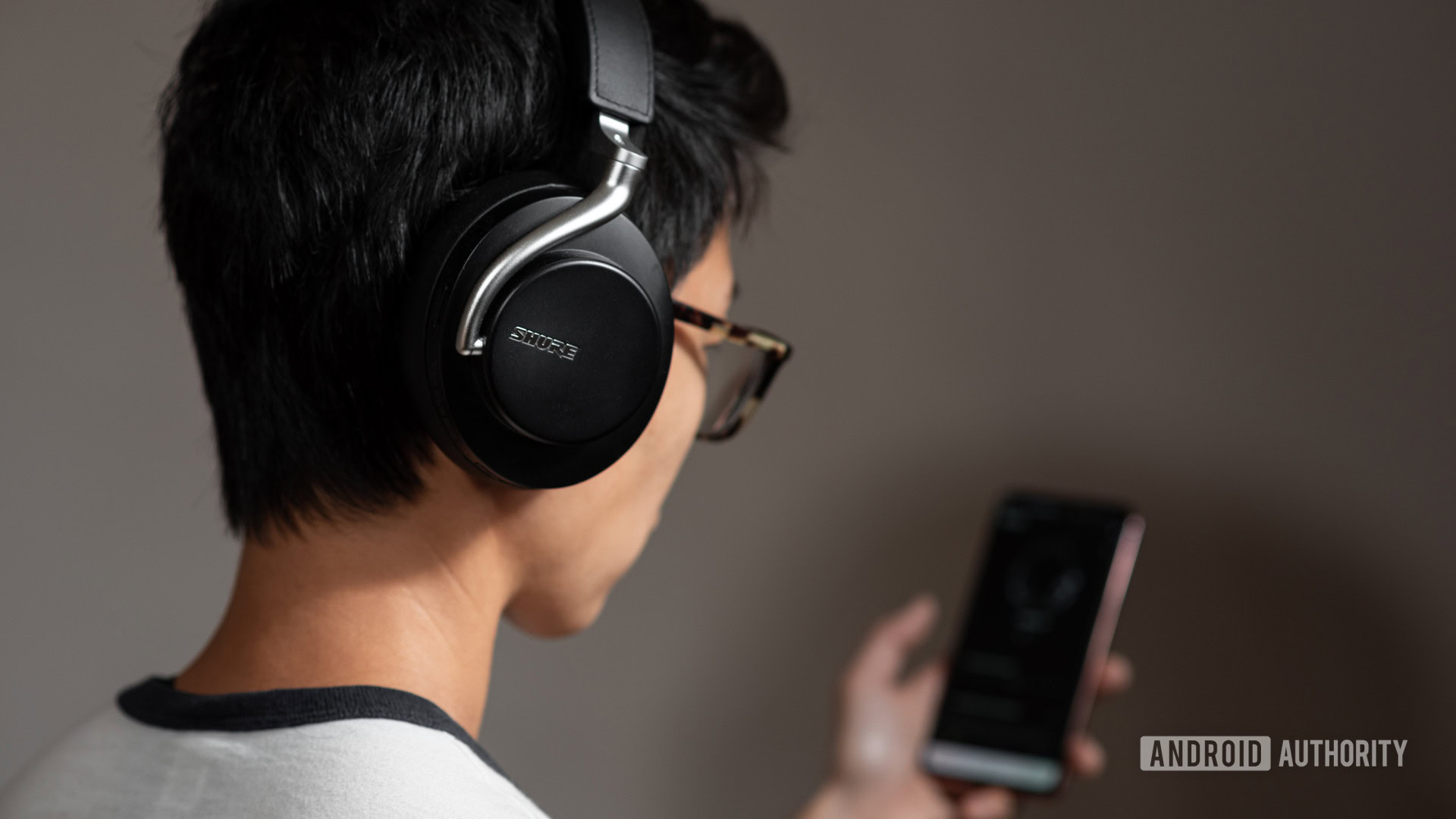
With the introduction of Qualcomm’s aptX Lossless technology, Bluetooth headphone customers will finally join their wired audiophile brethren with the option to listen to lossless quality audio. The promise, as always, is superior sound. But whether this is really a game-changer for your future listening habits depends on who you ask.
On the one hand, existing wireless products are some of the best-sounding headphones on the market, packing in powerful noise canceling, virtual assistants, and customization options you’ll seldom find in the wired space. Plus, there are solid-sounding Bluetooth codecs already on the market, including LDAC and aptX HD. However, audio purists will tell you there’s no substitute for the sound quality of lossless audio. It’s a debate that’s raged since the development of the MP3, but who should you believe, and is lossless Bluetooth audio really that important?
Do you make a point to consider Bluetooth codecs when buying headphones?
Lossy vs lossless audio: What’s the difference?
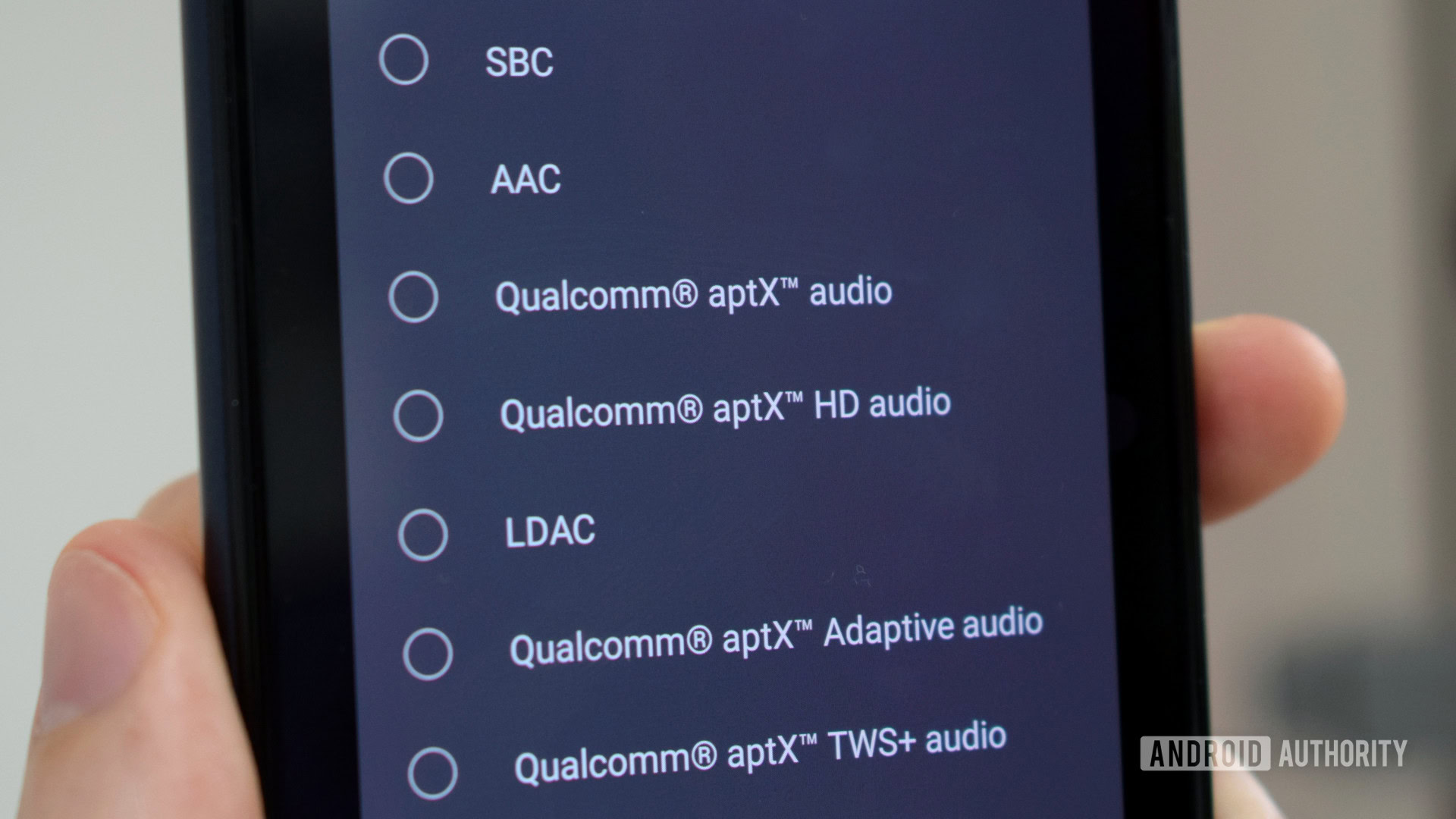
Let’s start with a quick primer on lossy versus lossless audio. Both are types of digital file compression designed to shrink the size of a music file or stream. Compression was originally very useful to cram as many tracks as possible onto your iPod or MP3 player. Today it avoids eating up your 4G/5G data limit too quickly while streaming.
As the names imply, lossy compression throws away some data from the original file to save space, while lossless gives you an entirely faithful reproduction with no loss when uncompressed, hence the debate about audio quality differences.
Lossless compression is achieved through encoding techniques designed to optimize an audio file’s size without throwing anything away. Huffman coding is a basic example of this. You can think of lossless music as a bit like a .zip or .rar file, but rather than being general-purpose, lossless music files use encoding algorithms specifically designed for optimal audio compression. Common physical file types include FLAC and Apple’s ALAC, while aptX Lossless is the only Bluetooth codec currently in this category.
Lossy compression is more complicated, and there is a wider range of techniques and models employed to shrink file sizes. The common theme is that they’re based on frequency domain psychoacoustic compression, removing parts of the audio signal that are already masked or very difficult to hear based on the characteristics of human hearing. In theory, you shouldn’t hear any difference. However, the more aggressive the compression, the smaller the file size but the greater the chance that the listener will notice what’s been removed. Lossy audio file types include MP3, AAC, and OGG, while lossy Bluetooth codecs span SBC, LC3, AAC, aptX, aptX HD, LDAC, and others.
Lossless compression always sounds as good as the source, but that doesn’t mean lossy compression is inferior or poor quality. Robust studies point to no discernible preference between decent bit rate lossy compression and the lossless source. Studies have shown similar results for CD vs Hi-Res files too — although some audiophiles may possess those coveted “golden ears.”
Bluetooth’s limitations regarding lossless audio
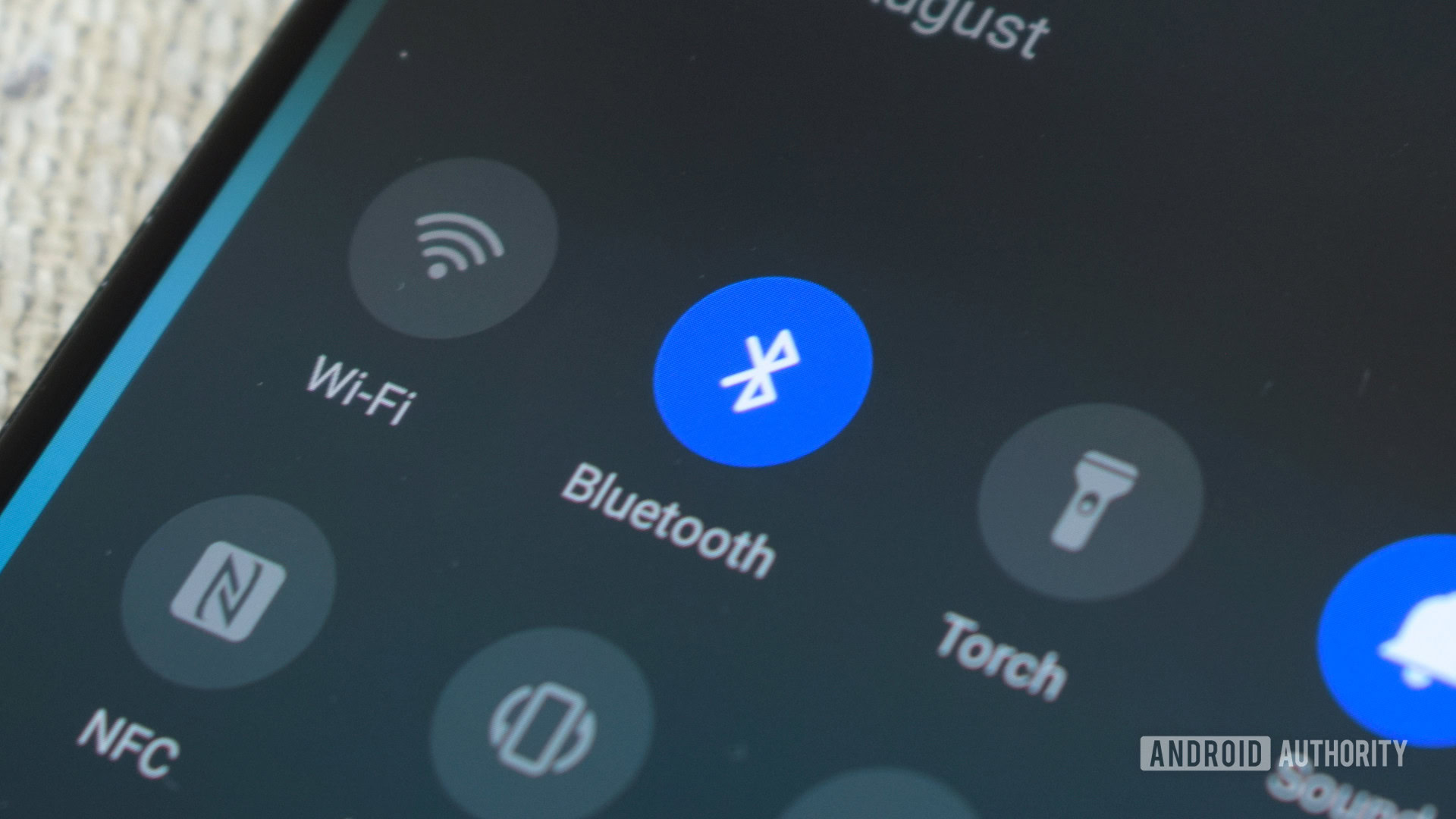
Why does Bluetooth use lossy, rather than lossless, compression to begin with? The problem is that Bluetooth’s data rate is too low for lossless Bluetooth audio.
Even though Bluetooth’s Enhanced Data Rate (EDR) can hit above 2Mbps, sustaining that rate for real-time data transfer is not feasible. In reality, 1Mbps, or often well below, is a more realistic and sustainable maximum transfer rate. That’s not enough for 1.4Mbps CD, let alone 4.6Mbps Hi-Res audio. This limited speed is due to radio and object interference, packet overhead and loss, and oftentimes, less than optimal antenna placements.
As a result, Bluetooth audio codecs have historically targeted lower, more sustainable bit rates using lossy compression. Another way to think of this is prioritizing playback that’s free from skips and dropouts at the expense of some audio fidelity.
Bluetooth audio is historically a trade-off between sound and connection quality.
Compounding the problem is the fact that the original low-bit-rate SBC codec was designed for voice compression rather than high-fidelity music. Despite subsequent revisions, third parties have stepped in to fill the void with codecs specifically designed to transmit music over Bluetooth. But AAC, aptX, and the LC3 still target lower, sustainable bit rates around 300kbps and below. Qualcomm’s aptX HD pushes the envelope with high-end sound, but it’s still capped at 576kbps.
Sony’s LDAC was the first codec to attempt to tackle the quality and scalability problem head-on with its 330, 660, and 990kbps quality options. The codec also claims Hi-Res support and promises “same as CD quality” playback (note, not bit-perfect playback). After testing, we found the 990kbps mode is indeed virtually transparent for CD-quality audio. However, there are still some small elements of lossy encoding, and more importantly, some devices struggle to offer a glitch-free playback experience at this bit rate. LDAC can achieve near-lossless CD playback, but you’ll often find quality called back to 660kbps, although we’d argue that’s still good enough for all but the pickiest listeners.
LDAC can already achieve near-lossless CD playback, but sustained connectivity can be a problem.
aptX Adaptive is Qualcomm’s alternative approach to solving the connection dropout problem. This codec dynamically scales its bit rate based on the radio environment, reducing quality in congested areas to avoid glitches. Before aptX Lossless, aptX Adaptive still targeted a more conservative 420kbps but will now scale up to greater than 1Mbps for lossless CD-quality audio. Qualcomm’s aptX Lossless is the first codec to claim fully lossless Bluetooth audio, bit-exact playback of CD-quality files, and it also appears to have the hardware setup to sustain this high data rate. For now, lossless Hi-Res (24-bit, 96kHz) tracks remain out of reach for all Bluetooth codecs currently on the market.
Quick reference bit rates:
- SBC — 200 to 328kbps
- AAC — 128 to 256kbps
- LC3 — 160 to 345kbps
- LDAC — 300kbps, 660kbps, 990kbps
- LHDC-V — 1.2Mbps
- Samsung Seamless Codec — 88 to 512kbps
- aptX — 352kbps
- aptX HD — 576kbps
- aptX Adaptive — 279 to 420kbps
- aptX Lossless — 140kbps to >1Mbps
A closer look at the aptX Lossless solution
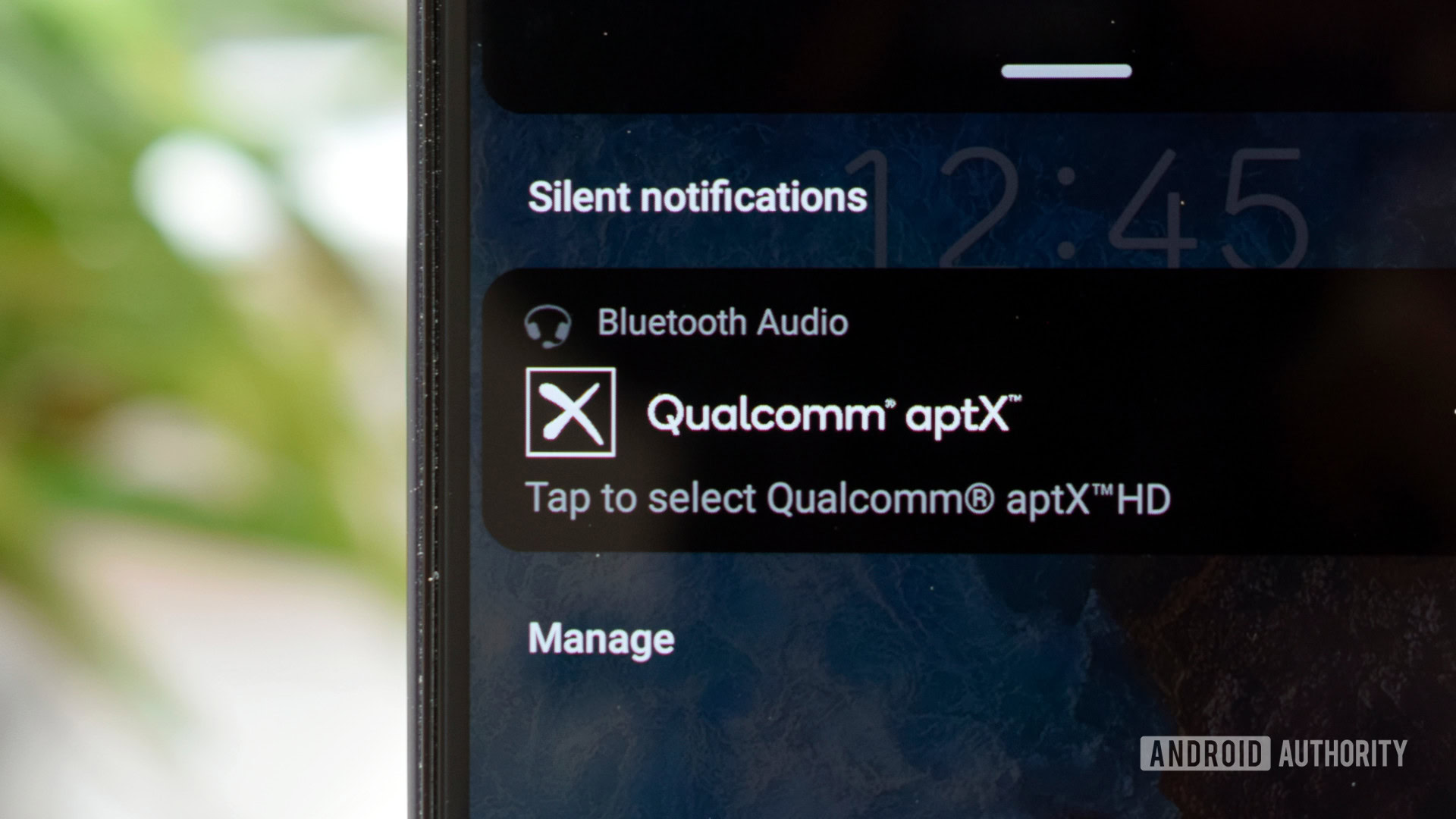
Qualcomm’s lossless Bluetooth audio technology is a two-pronged attack on the problem. First, aptX Lossless supports the compression of CD audio data (16-bit, 44.1kHz) without any loss in quality, while Snapdragon Sound ensures that both playback and receiver devices offer a robust enough Bluetooth connection to sustain the necessary data rate without dropping packets.
Qualcomm’s Snapdragon Sound encompasses Bluetooth radio components, Wi-Fi and Bluetooth co-existence management, and an optimized software stack to ensure a robust connection with minimal overhead. Without these optimizations, Qualcomm notes that it’s impossible to sustain aptX Lossless quality audio.
aptX Lossless is a hardware and software solution to Bluetooth's bit rate problem.
In addition, aptX Lossless falls under the aptX Adaptive tool suite, meaning devices will benefit from Qualcomm’s other codec features too. For example, audio bit rate scales from lossless right down to 140kbps without interruption if you wander into an area with high radio interference, so there are no glitches or dropouts. aptX Adaptive also supports 24-bit 96kHz playback, albeit with lossy compression, and a dynamic low latency mode for gamers and voice calls.
There are a few caveats, though. For starters, existing aptX Adaptive products won’t automatically receive Lossless support — at least not without a firmware update. You’ll also need Snapdragon Sound-certified devices on both the transceiver and receiver end to benefit from lossless audio. So it will take a while for devices to permeate the market with a sizable portfolio. Unfortunately, not all Snapdragon Sound devices will necessarily support aptX Lossless, so knowing exactly what you’re getting might not be as crystal clear as it should be.
Is lossless Bluetooth audio actually useful?
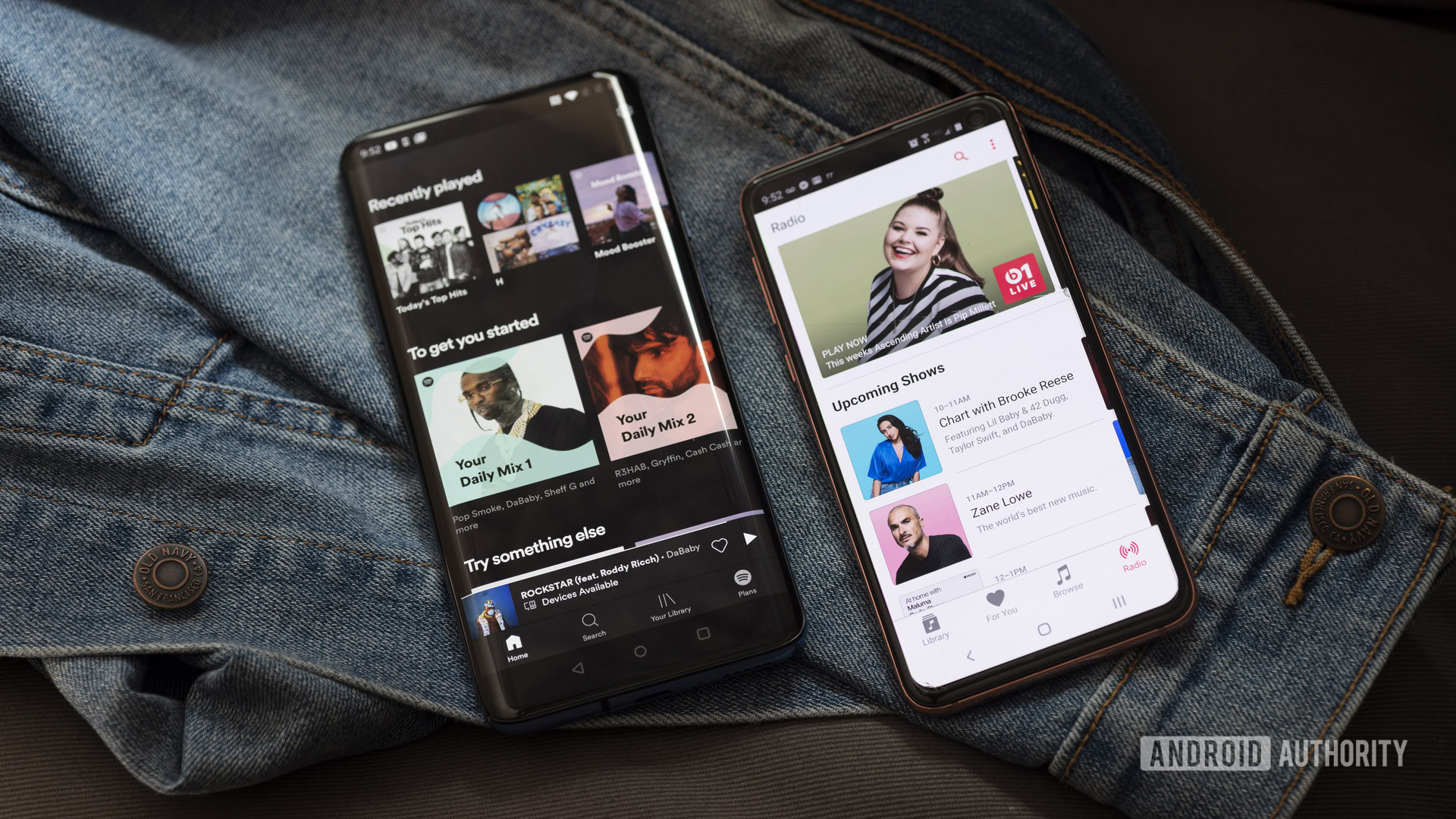
The prevalence of compression-heavy music streaming services has, until recently, made lossless Bluetooth audio an unnecessary luxury that probably crossed few people’s minds anyway. A lossless wireless connection to your headphones is redundant if your source is already compressed.
However, there’s a growing market for services offering music streaming and downloads in lossless CD and Hi-Res quality. Apple Music, Amazon Music, TIDAL, and others offer high-resolution and/or lossless tracks to stream and download. It’s these customers, and those with their lossless audio collection, that stand to benefit from aptX Lossless support when listening via Bluetooth.
After all, it’s rather pointless to stump up a premium for Apple Music’s lossless ALAC files only to have them downgraded to lossy AAC when listening back via your AirPods Pros. However, customers with lossy music collections or those still streaming from more affordable providers likely won’t perceive any benefits with lossless Bluetooth audio over existing high-quality lossy Bluetooth codecs.
Customers with a lossless music collection stand to benefit from CD-quality Bluetooth audio.
With lossless CD quality, radio-aware scaling, low latency gaming and voice, and Hi-Res support, aptX Lossless is the industry’s most robust Bluetooth audio option. However, there’s still likely to be some debate about whether Qualcomm’s standard offers a perceivable improvement to audio quality and which Bluetooth audio codec is the best pick for consumers with a Hi-Res library. Plus, whether the proprietary nature of Qualcomm’s technology will limit consumer adoption versus more universal support for SBC and the upcoming LC3 codec.
Ultimately, the best Bluetooth codec is the one supported by both your headphones and smartphone or music player. aptX Lossless has some rather steep requirements on the hardware side compared to existing standards. Some headphone companies are investing in this now, like Nura with the True Pro Wireless earbuds. What do you think?
Do you care about lossless audio quality over Bluetooth?
The prospect of lossless audio via Bluetooth will finally allow customers to make the most of the premium streaming options littering the market, setting Qualcomm up as the leader when it comes to Bluetooth audio quality — although those with a penchant for Hi-Res music collections will likely stick to their wired headphones for a bit longer.
Even so, lossless CD-quality audio over Bluetooth is great news for audiophiles, who can now enjoy the bonus of revisiting old arguments on the merits and audible perception of lossy versus lossless compression and CD versus Hi-Res music quality. Thanks, Qualcomm.
FAQs
Yes, aptX Lossless can send lossless Bluetooth audio, but this requires a Snapdragon Sound device like the ASUS Zenfone 9 and compatible earbuds.
To receive lossless audio over Bluetooth, you’ll need a Bluetooth 5.3 device with a modern Snapdragon processor and earbuds with the Snapdragon S3 or S5 chips.